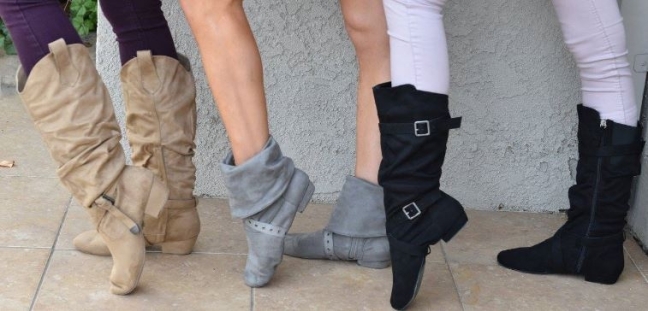This Martin Luther King weekend, I’m traveling to Austin, Texas for the Austin Swing Dance Championship. This is a west coast swing competition – a full weekend of workshops, competition, performances, and social dancing, punctuated by small amounts of sleep, brief meals, and a few other social activities. Tracking my environmental impacts while adventuring outside of my daily routines at Rice University will require some preparation, so this post is dedicated to that preparation. I’m planning to track the impacts associated with driving, food, water and electricity, and goods and services, and methods for doing so are described below.
Driving: I will record how many miles I travel in what type of vehicle with how many people, and the fuel efficiency (mpg) of that vehicle. I can use this data to approximate the associated carbon and water footprints, similar to how I have been tracking my footprint for travel in personal vehicles thus far this year.
Food: I will continue my current practice of writing down what I eat at every meal, so that I can later assign carbon and water footprints to my food.
Water and Electricity: Depending on the data that I can obtain from the hotel in Austin, I’m considering three methods to calculate the impacts associated with staying at the hotel for the duration of the competition:
- Most accurate: Assuming I consume water and electricity at an average rate, I can ask the hotel for data on their water and electricity consumption, and use the number of people at the hotel to calculate an average usage per person per day (or similar metric). This depends heavily on the hotel staff having those numbers readily available and being willing to share them with me, but hopefully it will be possible.
- Slightly less accurate: Assuming I consumer water and electricity at an average rate, and assuming the hotel is a typical hotel, use values from literature/research to approximate the impacts. I would likely need the square footage, number of rooms, and maximum occupancy numbers from the hotel in order to complete this calculation.
- Least accurate: Note of the number and type of lights in the room and ballroom, and note the brand/model of the water fixtures in the bathroom; use specifications from these products and estimate usage time to estimate energy and water usage. Then, use energy modeling or other numerical information to estimate the energy required for conditioning and ventilation. This is the least accurate method since conditioning the building is likely the largest component of the energy and water usage, and estimating the load with basically no information on building construction or mechanical equipment would be very inaccurate.
Goods and Services: There are two activities specific to a large dance competition that may have a larger energy consumption, and the first is specialized dance equipment. This weekend, I may buy a new pair of Sway’D dance boots (shown below). There are environmental impacts associated with manufacturing and transporting these boots (or any other dance footwear), and I will attempt to quantify that impact in the coming weeks. Second, DJ equipment, large speakers, and other sound equipment are constantly running during the weekend (I kid you not, social dancing goes until 6 or 7 am Thursday, Friday, Saturday, and Sunday nights). While at the competition, I will talk to the DJ to better understand what sound equipment is used at the event so that I can research and incorporate this additional energy into my footprint next week (likely using the number of attendees at the event to find my share of the total emissions).

